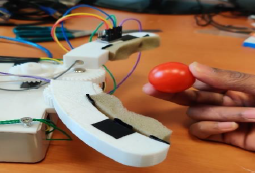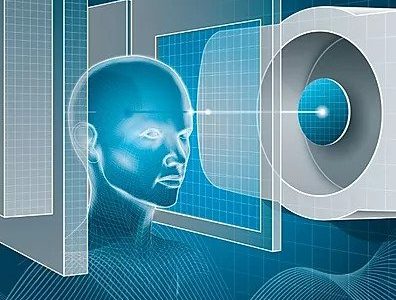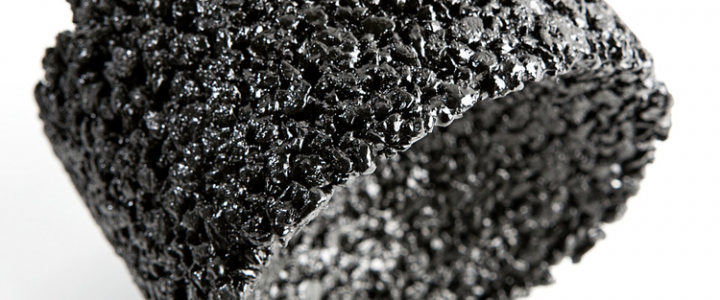| 1 YEAR (Blocks B|C) 2 YEAR (Blocks A|D|E) |
1 semester | 9 CFU |
| Marco Ceccarelli (6/9 cfu)
Matteo Russo (3/6 cfu) |
A.Y. 2021-22
A.Y. 2022-23 |
| Matteo Russo | A. Y. 2023-24 A.Y. 2024-25 |
| Code: 8039785 SSD: ING-IND/13 |
LEARNING OUTCOMES: This course will provide students with the knowledge and tools needed to model and analyse robotic manipulators in terms of mechanical performance. Students will learn how to design, evaluate, and control industrial and service robots.
KNOWLEDGE AND UNDERSTANDING: The student will learn to analyse robotic systems by modelling their kinematics and dynamics and thus finding their key operational parameters. Furthermore, the student will learn how to design a manipulator from its operational requirements, such as workspace, velocity, and payload.
APPLYING KNOWLEDGE AND UNDERSTANDING: The student will apply this knowledge to design, model, and evaluate robots with examples of use cases. Once identified the joints and bodies that compose a robot, the student will be able to numerically characterize its operation and mobility. Furthermore, the student will be able to critically select a robot type for a given manipulation task.
MAKING JUDGEMENTS: The student will demonstrate their understanding of robot operation by developing and presenting a practical use case, in which they will examine autonomously and critically the challenges behind robot design and application.
COMMUNICATION SKILLS: During the course, students discuss key topics, working on a written project on manipulation analysis of their own choice. Project results are then presented at the end of the course.
LEARNING SKILLS: During the course, students are involved in the lecture for a continuous stimulus to verify their understanding of robot mechanics. The knowledge acquired during the course is also verified in the final project on manipulation analysis.
REQUIREMENTS: The student should have already attended the fundamental courses on calculus, geometry, and physics. The understanding of rigid body mechanics and basic programming skills (MATLAB) are required, as well as knowledge of mechanism design and analysis.
PROGRAMME:
- Architecture and classification of industrial and service robots
- Definitions: kinematic chains, joints, mobility
- Manipulation analysis
- Types of manipulators
- Kinematics
- Reference frames
- Denavit-Hartenberg notation
- Forward kinematics
- Inverse kinematics
- Jacobian and singularities
- Workspace
- Path planning
- Statics and dynamics
- Equilibrium
- Equation of motion
- Grasp mechanics
- Other designs
- Actuation technologies
- Parallel robots
- Compliant robots
- Soft and continuum robots
EXAM:
The exam is divided into a written and oral test. The written test consists of three exercises regarding practical use-cases of industrial and service robots. In alternative, a project report developed during the course can be evaluated. In the oral test, the student will discuss with a critical perspective robot functioning. In alternative, the developed project on manipulation analysis can be presented and discussed.




